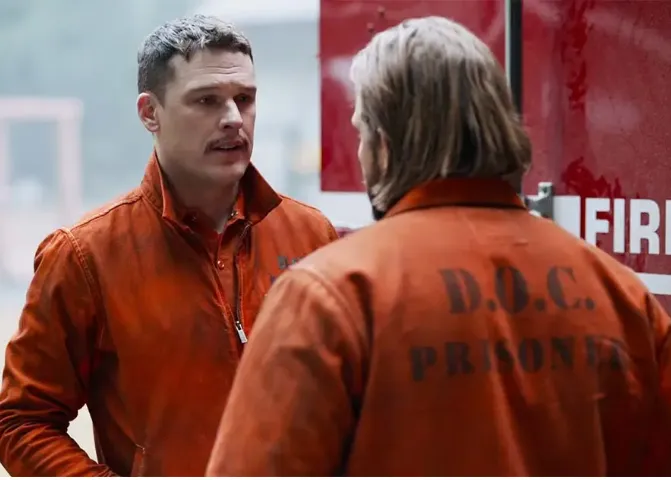
Whoops!
Page not found!
The page you are trying to reach cannot be found. In the meantime feel free to search or check out the articles below.

-1751733315-q80.webp)
PHOTOS: Will Danielle Olivera’s Ex Joe Bradley & Maddi Reese Appear on Summer House Season 10? They’re Spotted in The Hamptons as Filming Begins
-1751732338-q80.webp)
The Valley’s Brittany Cartwright Admits She Was “Salty” About Kristen’s Engagement as Luke Explains How Jax Impacted Decision to Leave Her Out and Kristen Reacts
-1751731413-q80.webp)
RHONJ’s Gia Giudice Asks Donald Trump for a Pardon for Dad Joe, Talks “Emotional Limbo” & Admits to Feeling Inspired by the Chrisleys, Plus Teresa Reacts







-1751728588-q80.webp)
-1751728377-q80.webp)